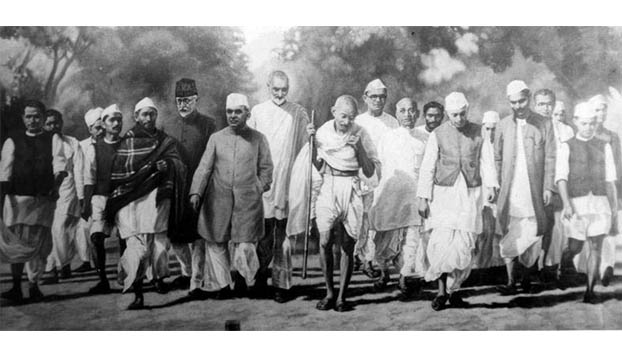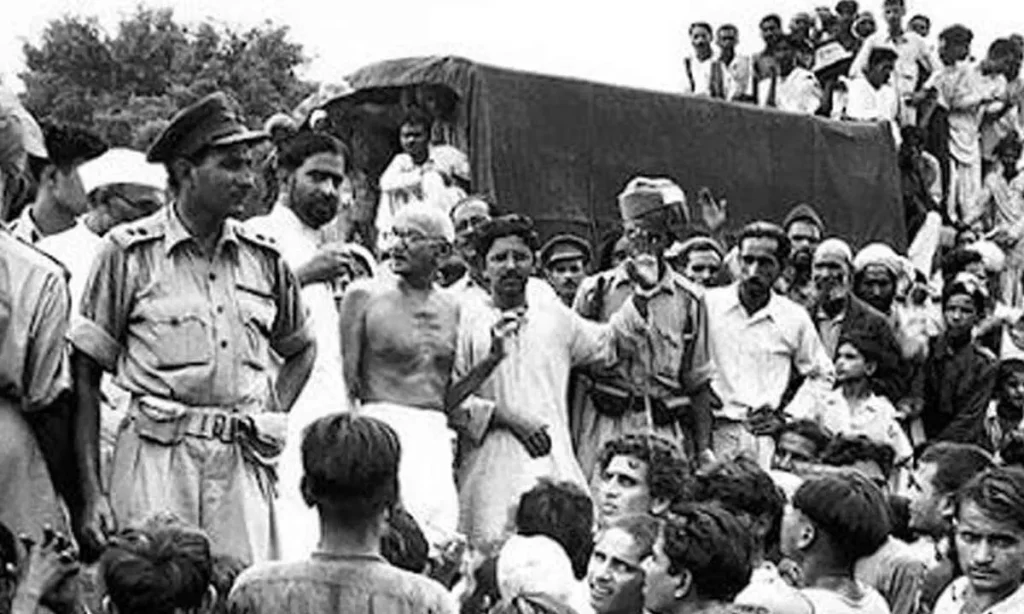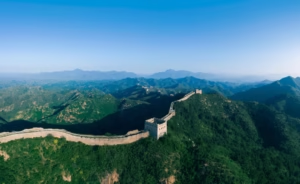Mahatma Gandhi: The Life and Legacy of “Great-Souled One”

1. Introduction
Mohandas Karamchand Gandhi (2 Oct 1869 – 30 Jan 1948), later known as Mahatma (“Great Soul”), was an Indian lawyer, activist, ascetic, and leader whose nonviolent philosophy (satyagraha) galvanized India’s independence movement and inspired global civil-rights struggles
2. Early Life & Family Background
- Birth & Family: Born in Porbandar, Gujarat, to dewan Karamchand Gandhi and Putlibai, a devout Hindu influenced by Vaishnavism and Jainism
- Values: Childhood immersed in ahimsa (nonviolence), vegetarianism, and fasting. He was shy, average in school, and married Kasturbai at age 13
- Adolescence: Known to stray during youth through minor rebellious acts, but always returned to self-discipline
3. Education in India and England
- Schooling in Rajkot: Attended Alfred High School; improved in English and academics, despite mediocre handwriting inherited from early dust-writing method.
- London: In 1888, went to study law at the Inner Temple in London. Adopted abstinence from wine, women, and meat, embracing vegetarianism and engaging with the Theosophical Society and dietary reform movements.
4. South Africa: Birthplace of Satyagraha
- Arrival in 1893: Moved to seek legal work and quickly experienced racial prejudice—ordered off a train, his turban removed—sparking his commitment to justice
- First Civil Resistance: In 1906, led nonviolent campaigns against discriminatory South African laws, establishing satyagraha (“truth-force”) as a moral and political tactic
- Outcomes: After tense negotiations, gained concessions such as recognition of Indian marriages, abolition of the poll tax, and improved rights.

5. Return to India & Early Agitations
He returned to India in 1915, eager to apply his satyagraha in a colonial context
5.1 Champaran Satyagraha (1917)
- Issue: Indigo farmers in Bihar were forced to grow indigo with little pay.
- Strategy: Gandhi’s first large-scale civil disobedience in India. He defied orders, faced arrest, helped establish a governmental inquiry, and won relief for farmers.
https://sypertimes.com/exploring-leh-ladakh-a-land-of-history-and-spirituality/
5.2 Kheda Satyagraha (1918)
- Context: Farmers in Gujarat unable to pay taxes due to famine and plague.
- Result: Pressure led authorities to suspend tax collection—a major victory for nonviolent mass protest.
6. National Leadership & Mass Movements
Once entrenched in Indian politics, Gandhi reshaped the national struggle for independence:
6.1 Non-Cooperation Movement (1920–22)
- Trigger: Opposition to Rowlatt Acts and Jallianwala Bagh massacre.
- Tactics: Calls for boycotts of schools, courts, British goods; revival of khadi; hartals.
- Climax: Gandhi called it off after the Chauri Chaura violence in 1922; was imprisoned for sedition.
6.2 Salt March/Civil Disobedience (1930–32)
- Salt March: From Sabarmati to Dandi (12 March–6 April 1930), violating monopoly salt laws by making salt June 1930.
- Impact: Thousands arrested, global awareness heightened, and civil disobedience spread nationwide.
6.3 Quit India Movement (1942–43)
- Call to Action: Gandhi launched ‘Do or Die’ at Bombay session, demanding immediate British exit.
- Repression: Leadership imprisoned promptly; movement remained active but brutally quelled by colonial authorities.

7. Principles, Philosophy, & Social Vision
- Satyagraha & Ahimsa: Underpinned by deep ethics of truth, love, and nonviolence—means and ends intertwined.
- Constructive Programme: Promoted khadi, village industries, rural self-reliance, communal harmony, sanitation, and education in local language.
- Educational Reform: Advocated ‘Basic Education,’ skill-based and mother-tongue instruction, aiming to solve poverty and enhance independence.
8. Role in Independence & Partition
- Negotiations: Attended Round Table Conferences, opposing dominion status and securing Congress influence.
- 1947 Independence & Partition: Though India achieved independence, partition led to communal violence. Gandhi committed to Hindu‑Muslim unity until his assassination.
9. Final Days & Legacy
- Assassination: On 30 January 1948, shot by Hindu nationalist Nathuram Godse; remembered worldwide as a martyr of nonviolence .
- Commemorations: His memory survives via Gandhi Jayanti, non-aligned movement values, and statues and memorials (e.g., Mani Bhavan museum in Mumbai)
- Global Influence: Inspired figures like Martin Luther King Jr. and Nelson Mandela; satyagraha praised as powerful political methodology.

10. Critique & Contemporary Perspective
- Modern Criticism: While celebrated globally, Gandhi’s views—especially on race and caste—have been critiqued. Some modern scholars highlight contradictions in his social approach .
- Relevant Legacy: His emphasis on ethical politics, moral leadership, simplicity, and self-sacrifice resonates in contemporary dialogues on inequality, democracy, and nonviolent conflict resolution.
11. Conclusion
Mahatma Gandhi’s life journey—from a modest Gujarati upbringing to legal practice in London and transformative activism in South Africa, culminating in massive nonviolent resistance in India—demonstrates the power of moral conviction over coercive force. His fusion of spiritual discipline with mass mobilization reshaped not only the Indian independence struggle but also global political movements. Despite controversies and critiques, Gandhi’s legacy endures as a beacon for justice, peace, and ethical leadership. His simple truths continue to inspire across centuries and continents.
https://www.thehindu.com/opinion/op-ed/mahatma-gandhi-the-peacemaker/article65962800.ece




